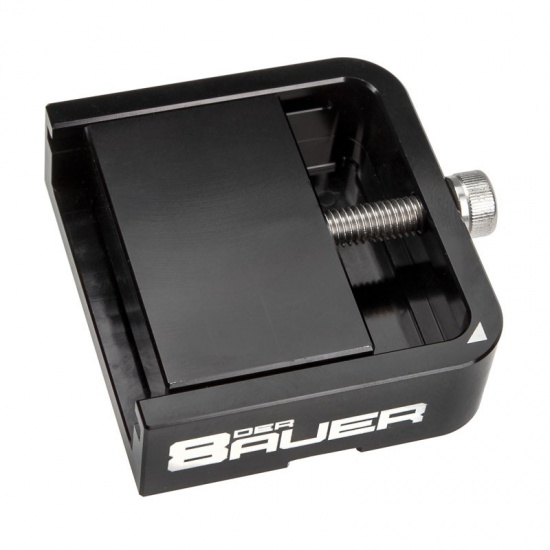
| 10 IN STOCK |
|
Ready to ship Shipping to United Kingdom from only £ 5.99! |
Anyone who was building their gaming PC in the early 2000s can probably still recall the numerous instances of broken CPUs, as occurred with the AMD Athlon XP whose silicon core broke at the corners when mounting a CPU cooler. In order to avoid the high RMA rate of otherwise perfectly functioning processors, especially when placed in the hands of less experienced users, proceeding generations of processors - beginning with the AMD Athlon 64 and Intel Pentium III - simplified the process of mounting the CPU cooler by installing a metal heat spreader on the CPU package, thereby successfully protecting the CPU die from damage.
This mostly nickel-plated copper Integrated Heat Spreader (IHS) guides the heat produced by the chip into the CPU cooler and distributes the thermal energy over a larger surface area more effectively than raw silicon alone. In order to effectively integrate both components a Thermal Interface Material (TIM) is located between the heat spreader and the silicon chip, which itself has not consisted of solder since 2012. Instead of solder a standard thermal paste is used, and this has also gone on to take the place of solder in all proceeding series of CPU. However due to its relatively low thermal conductivity it has drastically reduced the potential for extreme overclocking. The proportions of the CPU cooler in this instance are almost irrelevant, since the heat build-up occurs inside of the processor package. To enable effective cooling of this kind of CPU even while functioning under extreme overclocks, daring enthusiasts and extreme overclockers separate the heat spreader with a sharp razor blade or similar tools. This demands the greatest of care and a supreme confidence in your ability to avoid damaging vital components. This radical method holds a not inconsiderable degree of risk for even professional overclockers with a superabundance of experience to call upon.
Overclock to the Limit Safely & Easily like an Overclocking Champion!
The benchmark-grandmaster Roman "der8auer" Hartung developed, and in version two improved upon, the Delid Die Mate 2solution. This solution allows anybody to easily, comfortably and safely remove the heat spreader without risking a premature end to a pricey purchase. Known as a CPU delidding tool and manufactured from black anodised aluminium with a laser-engraved der8auer logo, it allows the heat spreader to be removed risk-free in under a minute. The processor is placed into the Delid Die Mate 2 receptacle according to the arrow marking on the CPU, and a slider responsible for cutting the CPU is inserted and then slowly and evenly tightened by means of an Allen key which completely removes the heat spreader which is then separated from the processor. This method allows the removal process to be performed absolutely reliably and without risk of damage.
| TYPE | IHS Removal |
| DIMENSIONS | 70 x 70 x 60 mm |
| COLOR | Black |
| PACKAGE CONTENTS | Delid Die Mate 2 Allen Key Allen Screw |
| WARRANTY | 2 years manufacturers warranty |